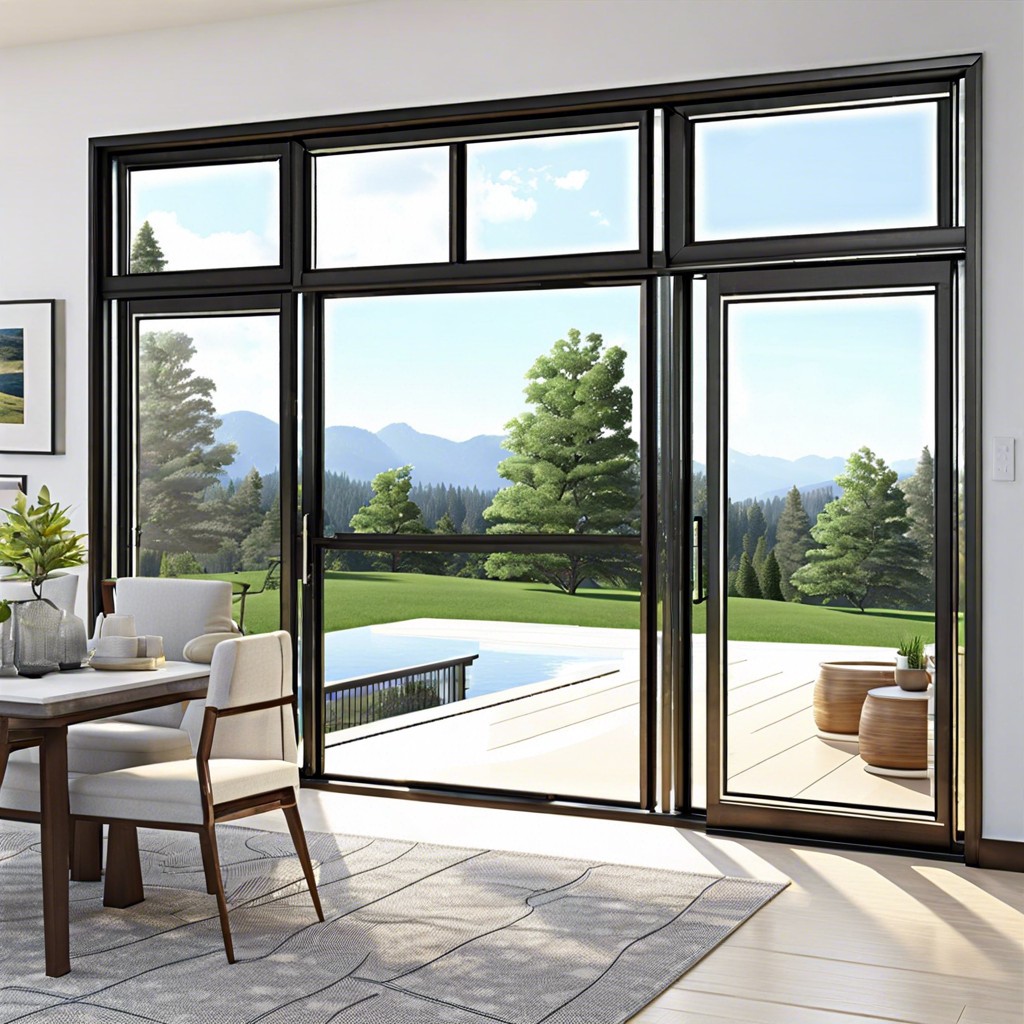Explore the various factors that determine whether or not a bathroom truly requires a window, as we delve into the pros and cons of this common design feature.
Welcome to my blog where I share my expertise on house windows. Today, we’ll be discussing an interesting topic that often sparks a debate among homeowners – does a bathroom need a window? While some argue that it’s essential for ventilation and natural light, others believe it’s not necessary due to privacy concerns.
So, which side is right? In this post, I’ll provide you with factual information and expert opinions to help you make an informed decision regarding whether or not your bathroom needs a window. Let’s dive in!
B. Natural Lighting Benefits
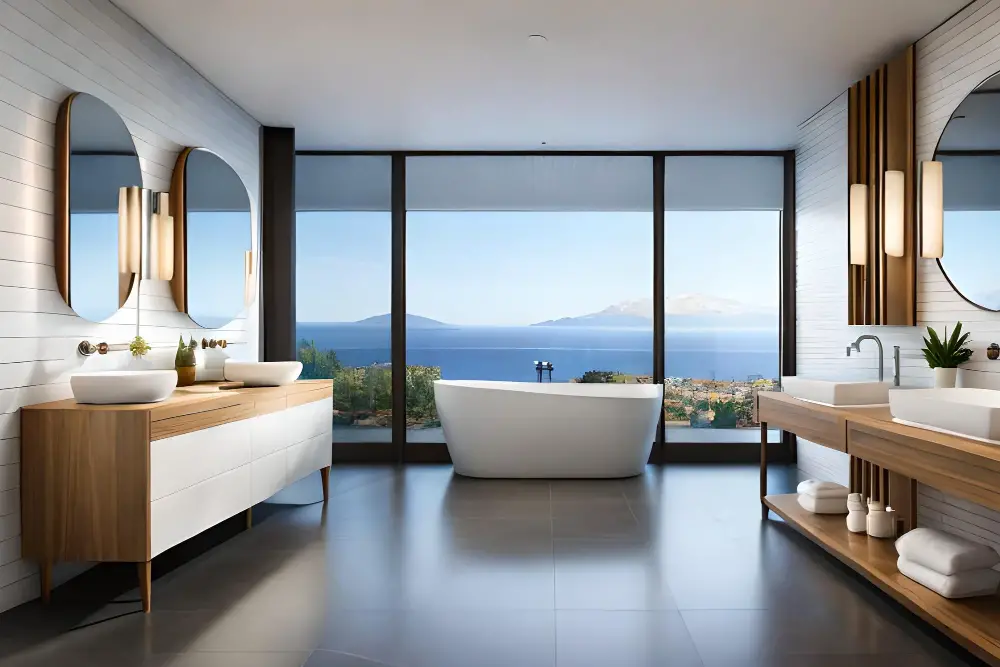
It can make the space feel more open and inviting, creating a relaxing atmosphere that’s perfect for unwinding after a long day. Natural light has been shown to have numerous health benefits, including boosting mood and productivity while reducing stress levels.
When it comes to bathrooms specifically, natural light can also help prevent mold growth by drying out excess moisture that often accumulates in these spaces. This is especially important if you live in an area with high humidity or lack proper ventilation.
Moreover, having access to sunlight during morning routines can help regulate your body’s internal clock and improve sleep quality at night. So if you’re someone who struggles with waking up early or falling asleep at night – adding a window might be just what you need!
C. Ventilation Importance
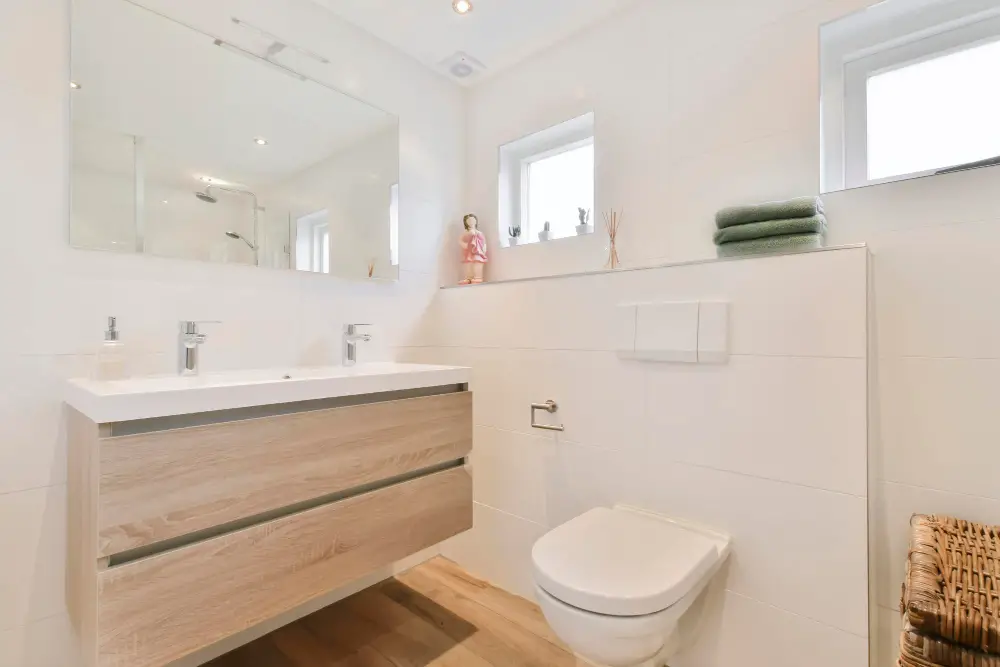
A window can help with this by allowing fresh air in and expelling stale or humid air out. This helps prevent mold growth, which can be harmful to your health.
However, if you don’t have a window in your bathroom or prefer not to install one due to privacy concerns, there are other options available. You could consider installing an exhaust fan that will draw out the moist air from the room and replace it with fresh outdoor air.
It’s important to note that proper ventilation also plays a significant role in maintaining good indoor air quality (IAQ). Poor IAQ can lead to respiratory problems such as asthma or allergies.
Therefore, ensuring adequate ventilation should be at the top of your priority list when designing or renovating your bathroom.
While having a window is beneficial for natural light and ventilation purposes; it’s not always practical for every homeowner due to various reasons such as privacy concerns or building regulations restrictions.
D. Privacy Concerns
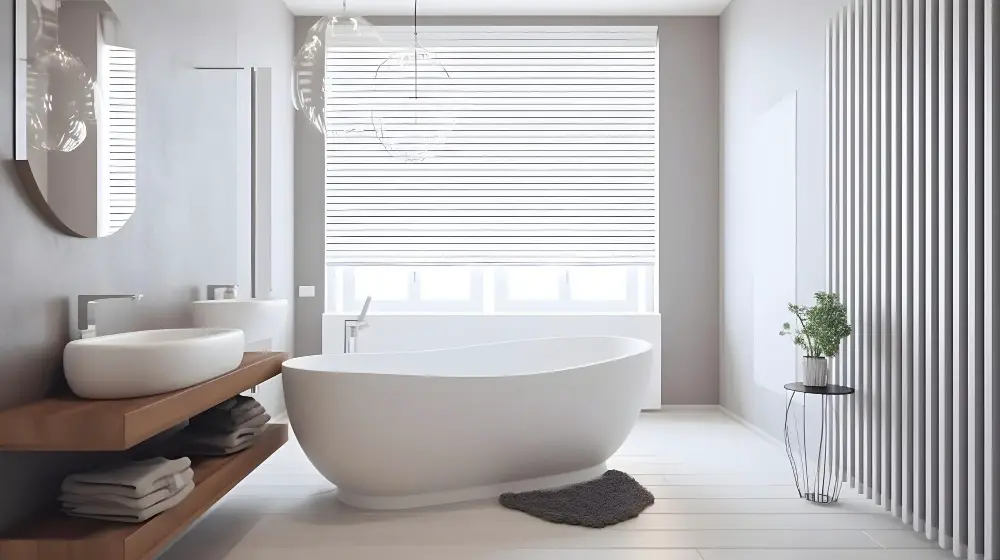
While natural light and ventilation are important, some people feel uncomfortable with the idea of having an open window in their bathroom. This is especially true if the window faces a busy street or neighboring property where passersby can easily see inside.
However, there are several solutions to address privacy concerns while still enjoying the benefits of having a bathroom window. One option is installing frosted or textured glass that allows light in but obscures visibility from outside.
Another solution could be adding blinds or curtains that can be closed when needed.
It’s also worth noting that building codes may require certain types of glass for bathrooms located on lower levels or near public areas such as sidewalks and streets to ensure privacy and safety.
E. Legal Requirements

Building codes and regulations vary from state to state, but most jurisdictions have specific rules regarding the size and placement of windows in bathrooms.
For instance, some states require that all bathrooms must have at least one operable window or mechanical ventilation system capable of providing adequate air circulation. This is particularly important for preventing mold growth and maintaining good indoor air quality.
Building codes may dictate the minimum size of a bathroom window opening for emergency egress purposes. In case of an emergency such as fire or flood, occupants should be able to escape through the bathroom window easily.
It’s essential to consult with local authorities before installing any windows in your home’s bathrooms so that you can ensure compliance with all relevant laws and regulations.
F. Window Treatments
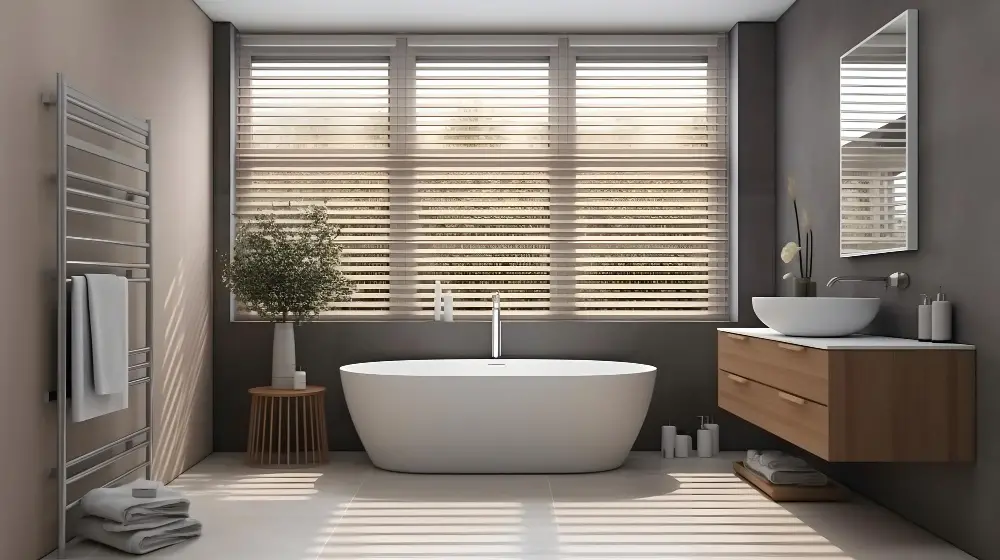
Fortunately, there are several window treatments available that can provide the necessary level of privacy without sacrificing natural light or ventilation. Some popular options include frosted glass, textured glass, and window film.
These treatments allow light to enter while obscuring the view from outside.
Another option is installing blinds or shades that can be adjusted as needed for both privacy and lighting control. However, it’s important to choose materials that are moisture-resistant and easy to clean in a humid environment like a bathroom.
Ultimately, the choice of window treatment will depend on personal preference as well as practical considerations such as budget and maintenance requirements.
G. Size and Placement
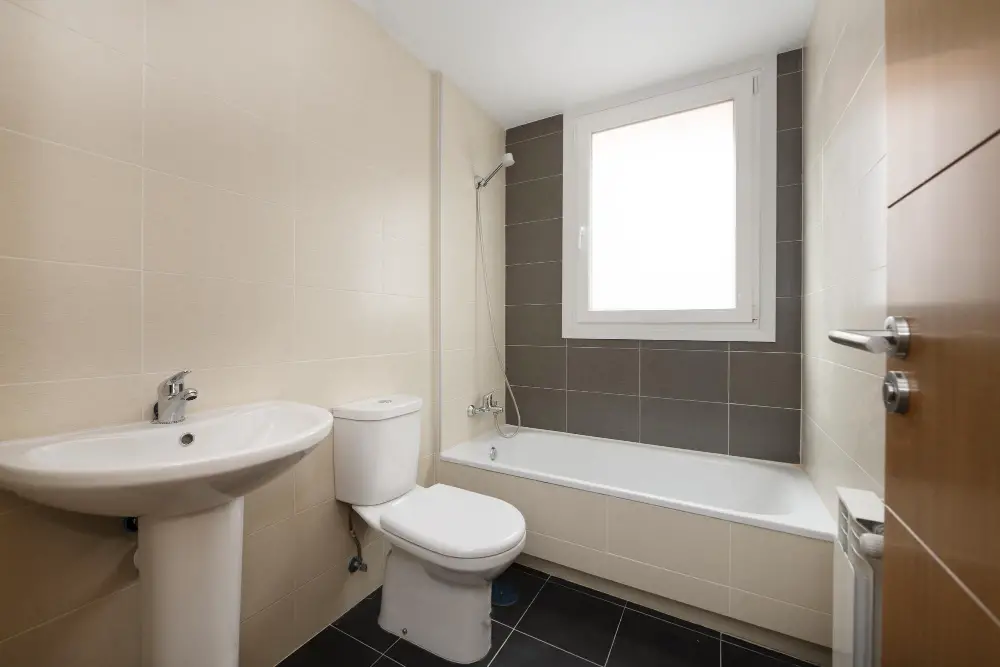
The first is the size of your bathroom. If you have a small bathroom, then a smaller window may be more appropriate as it will allow for natural light and ventilation without taking up too much wall space.
Placement is also important when considering the size of your window. A high-placed or narrow horizontal window can provide privacy while still allowing in natural light and fresh air.
On the other hand, if you have a larger bathroom with ample wall space, then you may want to consider installing larger windows that offer more natural lighting benefits.
It’s also essential to think about what direction your windows face as this can affect how much sunlight enters your room throughout different times of day. East-facing windows tend to receive morning sun while west-facing ones get afternoon sun exposure.
H. Energy Efficiency
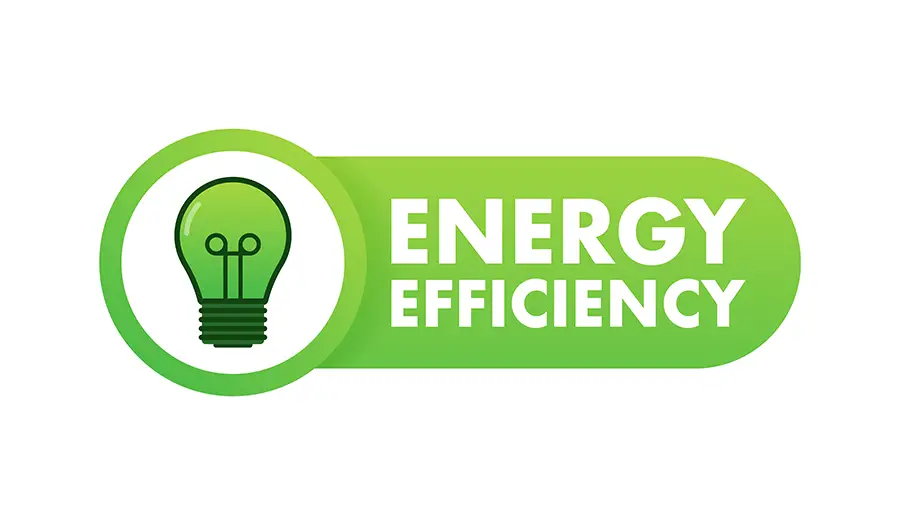
A poorly designed or installed window can lead to significant heat loss during winter, which translates into higher heating bills. On the other hand, an energy-efficient window can help you save money by reducing your reliance on artificial lighting and ventilation systems.
When choosing a bathroom window for energy efficiency purposes, look for those with low U-values (measuring how well they insulate) and high Solar Heat Gain Coefficient (SHGC) ratings that allow natural light while blocking out harmful UV rays.
Consider installing double-glazed windows with argon gas between panes as they provide better insulation than single-pane windows. You may also want to invest in insulated frames made of materials such as vinyl or fiberglass that don’t conduct heat like aluminum frames do.
I. Safety Considerations
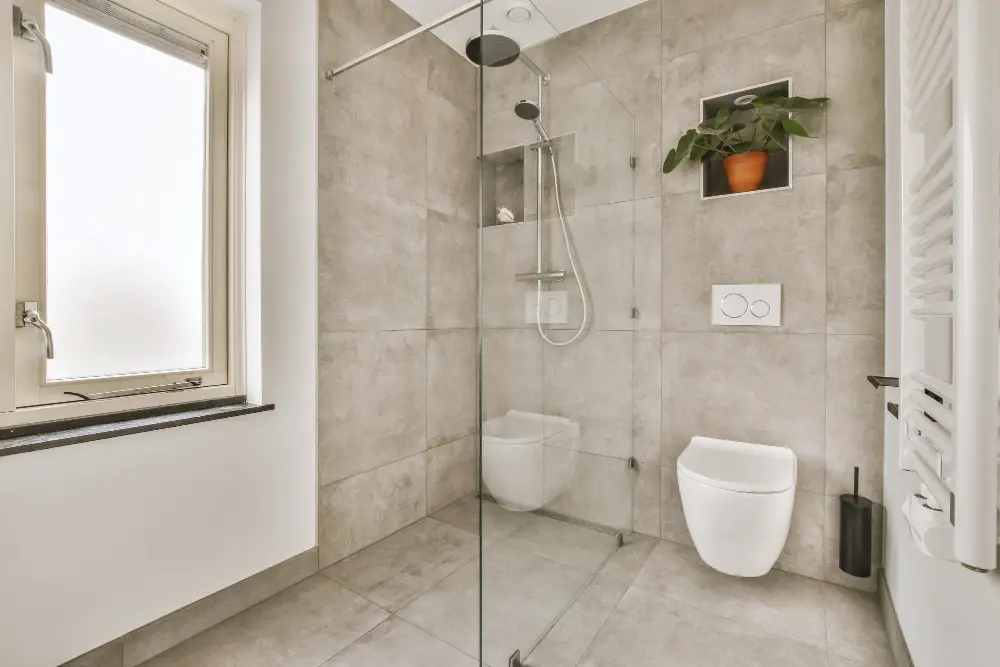
Bathrooms are often wet and slippery environments, which can increase the risk of accidents if proper precautions aren’t taken. If you do decide to install a window in your bathroom, make sure that it’s made from tempered or laminated glass.
These types of glass are much stronger than regular glass and will not shatter into sharp pieces if broken.
Consider the placement of your window carefully. Windows located near showers or bathtubs should be installed at least 60 inches above the floor to prevent accidental falls through them while bathing or showering.
Another important safety feature is installing locks on your bathroom windows for added security against intruders and preventing children from opening them accidentally.
J. Value Addition

A well-designed and strategically placed window can enhance the overall aesthetic appeal of your bathroom, making it more attractive to potential buyers if you ever decide to sell.
According to real estate experts, homes with ample natural light tend to sell faster and at higher prices than those without. This is because natural light creates an inviting atmosphere that makes spaces feel larger and more welcoming.
Moreover, installing energy-efficient windows in your bathroom not only saves on utility bills but also adds value by increasing the energy efficiency rating of your home.
Adding a window or upgrading existing ones in bathrooms is an investment that pays off both functionally and financially.
K. Pros and Cons
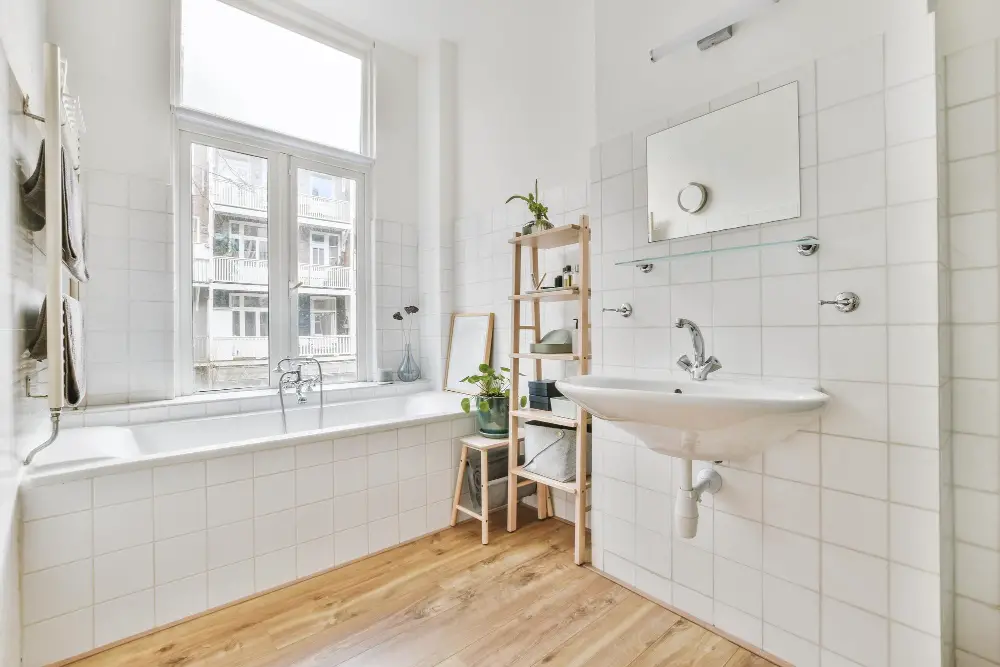
Let’s take a closer look at some of the advantages and disadvantages.
Pros:
- Natural light: A window can provide natural light that brightens up the space, making it feel more welcoming.
- Ventilation: Proper ventilation is essential for preventing mold growth and maintaining good air quality in your bathroom.
- Value addition: Adding a well-placed window can increase the value of your home by improving its overall aesthetic appeal.
Cons:
- Privacy concerns: Depending on where you live or how close neighboring buildings are, privacy may be an issue when considering adding windows to your bathroom.
- Energy efficiency: Windows can cause heat loss during winter months or let hot air into the room during summer months if not properly insulated.
- It’s important to weigh these factors carefully before deciding whether or not to add windows in your bathroom. In our next section, we’ll discuss legal requirements that homeowners should consider when installing new windows.
L. Windowless Bathroom Solutions
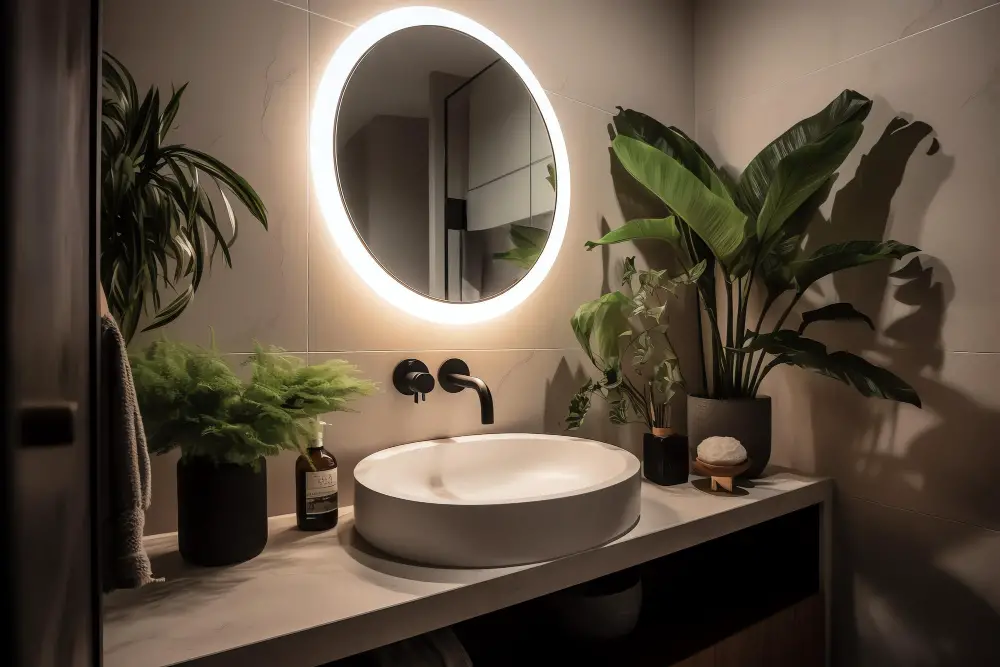
One solution is to install an exhaust fan that can help remove moisture and odors from the room while also providing some ventilation. Another option is to use artificial lighting strategically by installing task lights around the vanity area or adding ambient lighting fixtures on the ceiling.
You can also consider using light-colored tiles or paint for your walls and floors as they reflect more light than darker colors, making your bathroom appear brighter. Mirrors are another great way of reflecting natural light in a windowless space; placing them opposite each other creates an illusion of depth.
Incorporating plants into your decor not only adds aesthetic value but also helps purify indoor air quality by absorbing pollutants such as formaldehyde and benzene commonly found in cleaning products.
M. Design Options
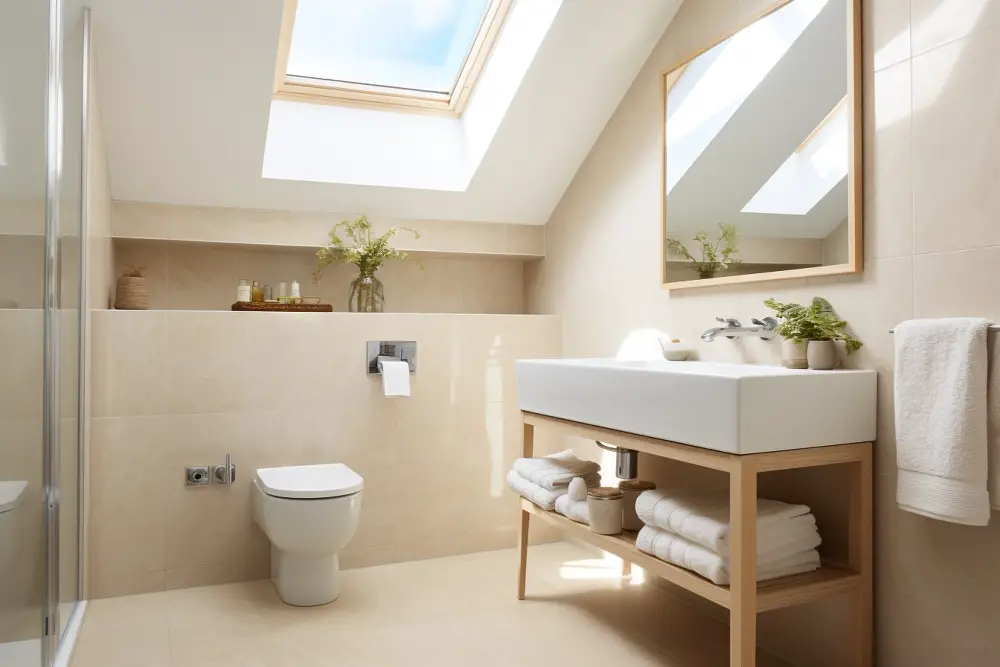
One popular design option is installing skylights or light tubes that allow natural light into the room without compromising privacy. Another option is using frosted glass blocks or panels instead of traditional windows, which provide both natural lighting and privacy.
If you’re concerned about ventilation in your windowless bathroom, consider installing an exhaust fan that can help remove moisture and prevent mold growth. Incorporating plants into your bathroom decor can improve air quality while adding aesthetic appeal.
Ultimately, the decision on whether or not to include a window in your bathroom depends on personal preference and practical considerations such as legal requirements and energy efficiency concerns.
FAQ
Can you have a bathroom with no window?
Yes, you can have a bathroom with no window, as long as it has the right design, careful styling, and good ventilation to maintain a relaxing, airy, and fresh atmosphere.
Is window a must in bathroom?
No, windows are not a must in bathrooms if there is already an artificial source of light and a ventilation fan installed for proper ventilation.
Do you need a window in a toilet room?
A toilet room does not necessarily require an openable window, but it must have proper ventilation; an open window can assist with humidity and moisture issues if the exhaust fan is not functioning optimally.
What are the alternatives for providing ventilation in a windowless bathroom?
Alternatives for providing ventilation in a windowless bathroom include installing an exhaust fan, using an air purifier, or implementing a passive ventilation system.
How can natural light be incorporated into a bathroom without a window?
Natural light can be incorporated into a bathroom without a window by installing a skylight or using light tubes to channel sunlight from other parts of the house.
What are the building code requirements for bathrooms concerning windows and ventilation?
The building code requirements for bathrooms concerning windows and ventilation are that they must have a window of at least 3 square feet or a mechanical ventilation system with a capacity of 50 cubic feet per minute.
Recap




